If you suffer from plantar fasciitis, you know how painful and frustrating it can be to find the right shoes for your feet. Plantar fasciitis is a common condition that causes inflammation and irritation of the plantar fascia, a thick band of tissue that runs along the bottom of your foot and connects your heel to your toes. This can lead to heel pain, arch pain, and difficulty walking or running.
Fortunately, there are some tennis shoes that can help you manage your plantar fasciitis and enjoy your favorite sport without compromising your comfort or performance. In this article, we will explain what tennis shoes are good for plantar fasciitis, what features to look for, and what are some of the best options available on the market.

What are the benefits of tennis shoes for plantar fasciitis?
Tennis shoes are designed to provide stability, support, and cushioning for your feet during the fast and dynamic movements involved in playing tennis. These features are especially important for people with plantar fasciitis, as they can help reduce the stress on the plantar fascia and prevent further damage.
Some of the benefits of tennis shoes for plantar fasciitis are:
- They can reduce heel pain by providing adequate shock absorption and heel support.
- They can prevent arch pain by offering proper arch support and preventing excessive pronation or supination of the foot.
- They can improve your balance and stability by enhancing your lateral movement and preventing ankle sprains or twists.
- They can increase your comfort and performance by allowing your feet to breathe and preventing blisters or hot spots.
What features to look for in tennis shoes for plantar fasciitis?
Not all tennis shoes are created equal, and some may be more suitable for people with plantar fasciitis than others. When shopping for tennis shoes for plantar fasciitis, you should look for the following features:
- A firm and supportive midsole that can prevent excessive flexion or extension of the foot and keep the plantar fascia in a neutral position.
- A cushioned and contoured insole that can conform to the shape of your foot and provide extra padding for your heel and arch.
- A flexible and durable outsole that can withstand the wear and tear of the court surface and offer good traction and grip.
- A breathable and lightweight upper that can keep your feet cool and dry and prevent friction or irritation.
- A wide and deep toe box that can accommodate your toes without squeezing or rubbing them.
- A snug and secure fit that can prevent your foot from sliding or slipping inside the shoe.
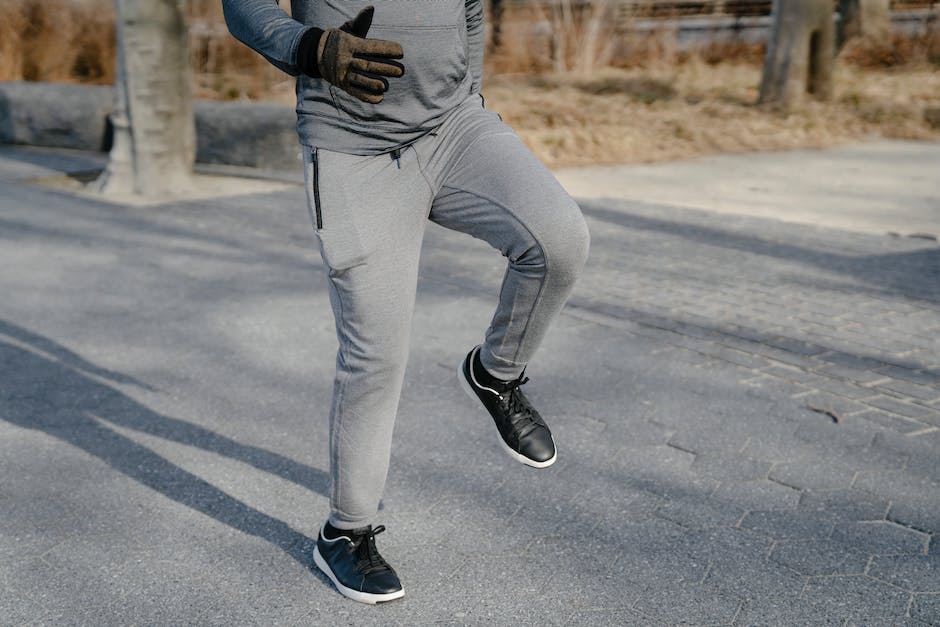
What are some of the best tennis shoes for plantar fasciitis?
There are many tennis shoes on the market that claim to be good for plantar fasciitis, but not all of them live up to their promises. To help you narrow down your choices, we have compiled a list of some of the best tennis shoes for plantar fasciitis based on expert recommendations, customer reviews, and our own experience. Here are our top picks:
- Asics Gel Resolution 8: This is one of the most popular tennis shoes among professional and recreational players alike. It features a gel cushioning system in the heel and forefoot that absorbs shock and reduces pressure on the plantar fascia. It also has a Trusstic system in the midfoot that provides stability and support. The upper is made of mesh and synthetic leather that offers breathability and durability. The outsole is made of rubber with a herringbone pattern that provides excellent traction on different court surfaces. 1
- New Balance Fresh Foam Lav: This is a new addition to the New Balance tennis shoe line, inspired by professional player Milos Raonic. It features a fresh foam midsole that delivers plush cushioning and responsiveness. It also has a kinetic stitch upper that provides flexibility and support. The outsole is made of Ndurance rubber with a modified herringbone pattern that offers durability and grip. The toe box is wide enough to accommodate different foot shapes. 2
- Adidas SoleCourt Boost: This is a premium tennis shoe from Adidas that combines comfort, stability, and performance. It features a boost midsole that provides energy return and shock absorption. It also has an Adituff toe cap that protects against abrasion and drag. The upper is made of mesh and synthetic materials that offer breathability and durability. The outsole is made of Adiwear rubber with a multi-directional pattern that offers traction on different court surfaces. 3
- Nike Air Zoom Vapor X: This is a sleek and stylish tennis shoe from Nike that offers speed, agility, and comfort. It features a zoom air unit in the heel that provides responsive cushioning and impact protection. It also has a Dynamic Fit system that wraps around the midfoot for a snug and secure fit. The upper is made of mesh and synthetic materials that offer breathability and durability. The outsole is made of rubber with a modified herringbone pattern that offers traction on different court surfaces. 4
- K-Swiss Hypercourt Express 2: This is a classic and comfortable tennis shoe from K-Swiss that offers a great balance of cushioning, support, and durability. It features a Surgelite midsole that provides lightweight cushioning and shock absorption. It also has a molded Ortholite sockliner that provides extra padding and moisture management. The upper is made of mesh and synthetic leather that offer breathability and durability. The outsole is made of Aosta 7.0 rubber with a herringbone pattern that offers traction on different court surfaces. 5
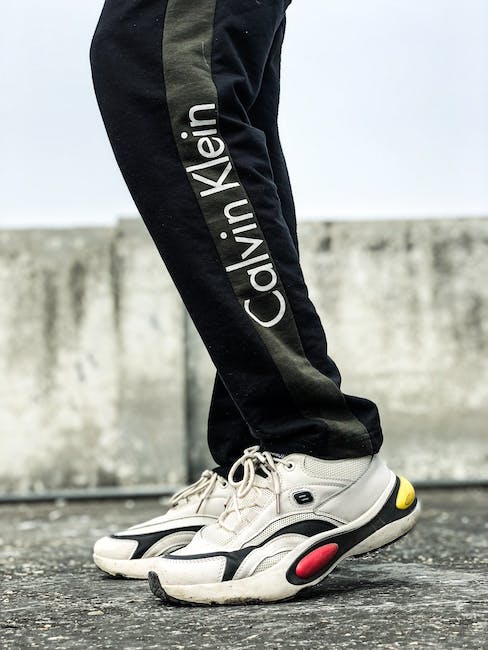
Conclusion
Plantar fasciitis can be a painful and debilitating condition that can affect your quality of life and your tennis game. However, with the right tennis shoes, you can reduce your symptoms and enjoy your sport without compromising your comfort or performance. The tennis shoes we have listed above are some of the best options for people with plantar fasciitis, as they offer the features and benefits that can help you manage your condition and improve your foot health. We hope this article has helped you find the best tennis shoes for plantar fasciitis for your needs and preferences. Happy shopping and happy playing!
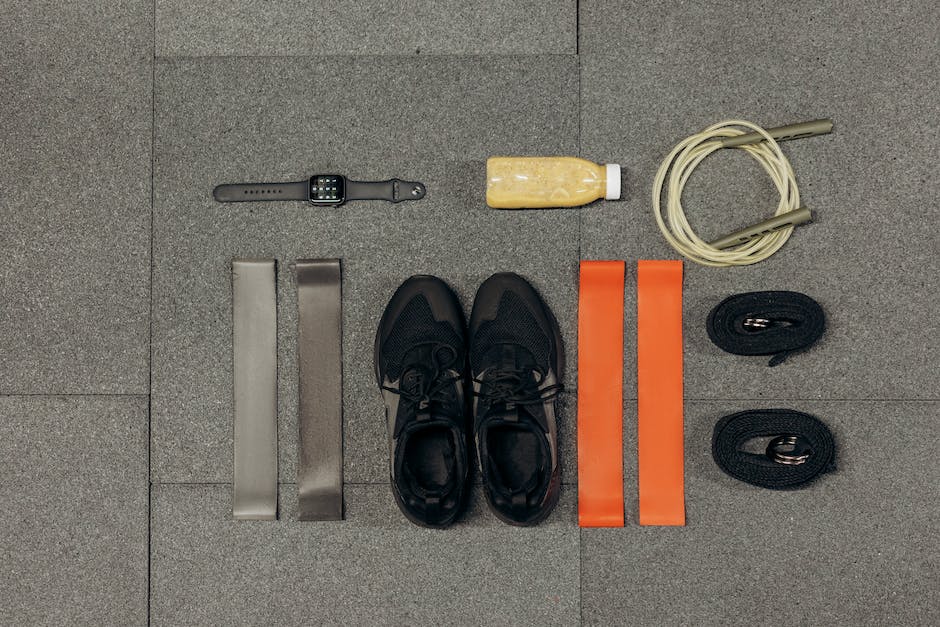
FAQ
What is plantar fasciitis?
Plantar fasciitis is a condition that causes inflammation and irritation of the plantar fascia, a thick band of tissue that runs along the bottom of your foot and connects your heel to your toes. It is one of the most common causes of heel pain and can affect anyone, but especially people who are active, overweight, or have foot problems such as high arches or flat feet. [6]
What causes plantar fasciitis?
Plantar fasciitis is usually caused by repetitive stress or strain on the plantar fascia, which can result from activities such as running, jumping, or standing for long periods of time. Other factors that can contribute to plantar fasciitis include wearing shoes that are too tight, too loose, or lack proper support; having poor foot posture or biomechanics; having tight calf muscles or Achilles tendons; or having a history of foot injuries or trauma. [7]
What are the symptoms of plantar fasciitis?
The main symptom of plantar fasciitis is a sharp, stabbing pain in the bottom of your heel, especially when you first get up in the morning or after a period of rest. The pain may also radiate to your arch or your toes. The pain may improve as you warm up your foot, but it may return after prolonged activity or at the end of the day. Some people may also experience swelling, redness, or tenderness in their heel area. [8]
How is plantar fasciitis diagnosed?
Plantar fasciitis is usually diagnosed based on your medical history and a physical examination of your foot. Your doctor may ask you about your symptoms, your activity level, your footwear, and any previous injuries or conditions that may affect your foot. Your doctor may also check your foot for signs of inflammation, such as swelling, warmth, or tenderness. Your doctor may also perform some tests to rule out other possible causes of heel pain, such as a fracture, a nerve problem, or an infection. These tests may include an X-ray, an ultrasound, an MRI, or a blood test. [9]
How is plantar fasciitis treated?
Plantar fasciitis can be treated with a combination of conservative and medical therapies. The goal of treatment is to reduce the inflammation and pain in your foot and to prevent further damage to your plantar fascia. Some of the common treatments for plantar fasciitis are:
- Resting your foot and avoiding activities that aggravate your condition.
- Applying ice to your heel for 15 to 20 minutes several times a day to reduce swelling and pain.
- Taking over-the-counter anti-inflammatory drugs such as ibuprofen or naproxen to relieve pain and inflammation.
- Wearing shoes that fit well and provide adequate support and cushioning for your foot.
- Using orthotic devices such as insoles, heel cups, or arch supports to correct any foot abnormalities and distribute pressure evenly on your foot.
- Stretching and strengthening exercises for your calf muscles, Achilles tendon, and plantar fascia to improve flexibility and function.
- Massaging your foot with a tennis ball, a frozen water bottle, or your hands to loosen up the tight tissues and increase blood flow.
- Using night splints to keep your foot in a stretched position while you sleep and prevent morning stiffness.
- Using shock wave therapy to deliver sound waves to your heel and stimulate healing.
- Using corticosteroid injections to reduce inflammation and pain in severe cases.
- Using surgery to release the plantar fascia from the heel bone in rare cases when other treatments fail. [10]
How long does it take to recover from plantar fasciitis?
The recovery time from plantar fasciitis varies depending on the severity of your condition, the effectiveness of your treatment, and your adherence to the recommended lifestyle changes. In general, it may take anywhere from a few weeks to several months for your symptoms to improve and for your plantar fascia to heal completely. Some people may experience recurrent episodes of plantar fasciitis if they do not address the underlying causes or risk factors. Therefore, it is important to follow your doctor’s advice and maintain good foot health habits to prevent future problems. [11]
How can I prevent plantar fasciitis?
Plantar fasciitis can be prevented by taking some simple steps to protect your feet and avoid excessive stress on your plantar fascia. Some of the preventive measures you can take are:
- Wearing shoes that fit well and provide adequate support and cushioning for your foot.
- Replacing your shoes regularly when they wear out or lose their shape.
- Avoiding walking barefoot or wearing shoes that are too flat, too high, or too flexible.
- Warming up before exercising and cooling down after exercising.
- Choosing low-impact activities such as swimming, cycling, or yoga instead of high-impact activities such as running, jumping, or aerobics.
- Maintaining a healthy weight and avoiding obesity.
- Stretching and strengthening your calf muscles, Achilles tendon, and plantar fascia regularly.
- Seeking medical attention if you experience any signs or symptoms of plantar fasciitis. [12]
What are some of the best shoes for plantar fasciitis?
There is no one-size-fits-all answer to this question, as different people may have different preferences and needs when it comes to choosing shoes for plantar fasciitis. However, some of the general features that you should look for in shoes for plantar fasciitis are:
- A firm and supportive midsole that can prevent excessive flexion or extension of the foot and keep the plantar fascia in a neutral position.
- A cushioned and contoured insole that can conform to the shape of your foot and provide extra padding for your heel and arch.
- A flexible and durable outsole that can withstand the wear and tear of the court surface and offer good traction and grip.
- A breathable and lightweight upper that can keep your feet cool and dry and prevent friction or irritation.
- A wide and deep toe box that can accommodate your toes without squeezing or rubbing them.
- A snug and secure fit that can prevent your foot from sliding or slipping inside the shoe.
Some examples of shoes that meet these criteria are:
- Asics Gel Resolution 8
- New Balance Fresh Foam Lav
- Adidas SoleCourt Boost
- Nike Air Zoom Vapor X
- K-Swiss Hypercourt Express 2
You can find more details about these shoes in the previous section of this article.
What are some of the best sandals for plantar fasciitis?
Sandals can be a good option for people with plantar fasciitis who want to give their feet some air and freedom, especially during the summer months. However, not all sandals are suitable for people with plantar fasciitis, as some may lack the necessary support and cushioning for your foot. Some of the features that you should look for in sandals for plantar fasciitis are:
- A thick and sturdy sole that can provide shock absorption and stability for your foot.
- A molded or adjustable footbed that can cradle your heel and arch and prevent your foot from rolling inward or outward.
- A soft and smooth lining that can prevent chafing or blistering on your skin.
- A strap or buckle that can secure your foot in place and prevent it from sliding forward or backward.
Some examples of sandals that meet these criteria are:
- Birkenstock Arizona
- Vionic Tide II
- Oofos Ooriginal
- Crocs Swiftwater
- Teva Tirra
You can find more details about these sandals on various online platforms or stores.
What are some of the best flip flops for plantar fasciitis?
Flip flops are another type of footwear that can be comfortable and convenient for people with plantar fasciitis, especially when they want to relax at home or go to the beach. However, flip flops can also be harmful for people with plantar fasciitis if they are too thin, too flat, or too loose. Some of the features that you should look for in flip flops for plantar fasciitis are:
- A thick and cushioned sole that can provide shock absorption and support for your foot.
- A contoured or textured footbed that can hug your heel and arch and prevent your foot from slipping off.
- A soft and flexible strap that can fit snugly around your toes and prevent them from curling or clawing.
- A durable and water-resistant material that can withstand exposure to moisture and dirt.
Some examples of flip flops that meet these criteria are:
- FitFlop Lulu
- Reef Fanning
- Olukai Ohana
- Sanuk Yoga Mat
- Havaianas Brasil
You can find more details about these flip flops on various online platforms or stores.
How often should I wear shoes for plantar fasciitis?
There is no definitive answer to this question, as it may depend on your personal preference, comfort level, and lifestyle. However, some general guidelines that you can follow are:
- Wear shoes for plantar fasciitis whenever you engage in activities that put stress on your feet, such as walking, running, playing tennis, or working out.
- Wear shoes for plantar fasciitis whenever you experience pain or discomfort in your heel or arch, especially in the morning or after a period of rest.
- Wear shoes for plantar fasciitis whenever you feel like your feet need some extra support or protection, such as when you travel, shop, or attend an event.
- Switch between different types of shoes for plantar fasciitis to avoid overusing or underusing any particular pair. For example, you can alternate between tennis shoes, sandals, and flip flops depending





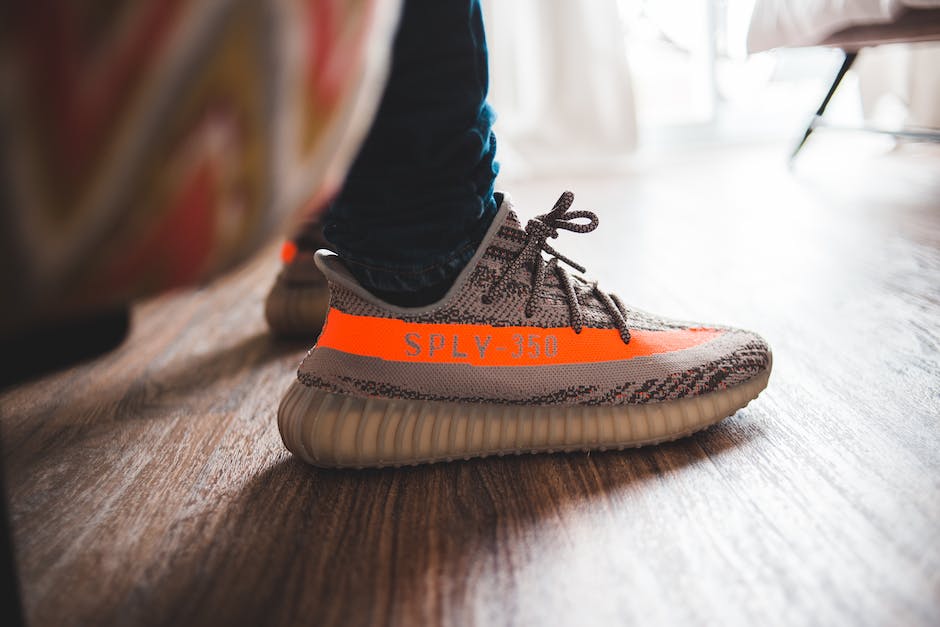
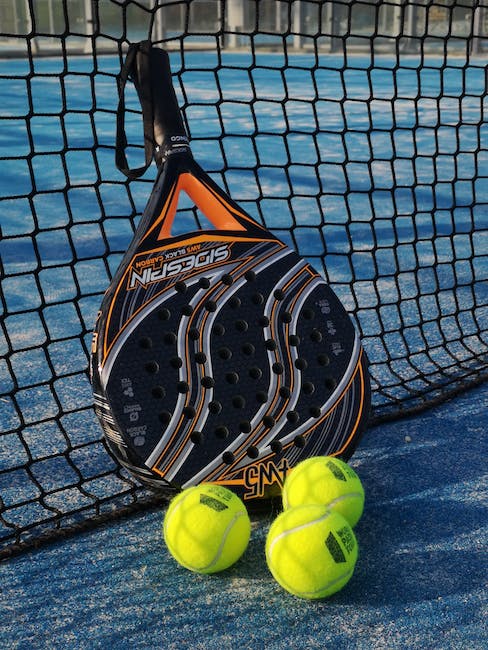

No Comment! Be the first one.